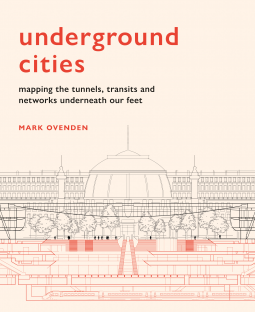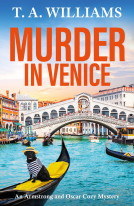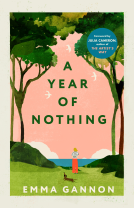
Underground Cities
Mapping the tunnels, transits and networks underneath our feet
by Mark Ovenden
This title was previously available on NetGalley and is now archived.
Send NetGalley books directly to your Kindle or Kindle app
1
To read on a Kindle or Kindle app, please add kindle@netgalley.com as an approved email address to receive files in your Amazon account. Click here for step-by-step instructions.
2
Also find your Kindle email address within your Amazon account, and enter it here.
Pub Date 22 Sep 2020 | Archive Date 24 Sep 2020
Quarto Publishing Group – White Lion | Frances Lincoln
Talking about this book? Use #UndergroundCities #NetGalley. More hashtag tips!
Description
Just how deep do the tunnels go? Where do the sewers, bunkers and postal trains run? And, how many tunnels are there under our streets? Each featured city presents a ‘skyline of the underground’ through specially commissioned cut-away illustrations and unique cartography.
Drawing on geography, cartography and historical oddities, Mark Ovenden explores what our cities look like from the bottom up.
Available Editions
| EDITION | Other Format |
| ISBN | 9781781318935 |
| PRICE | US$40.00 (USD) |
| PAGES | 224 |
Average rating from 17 members
Readers who liked this book also liked:
The School of Life
Health, Mind & Body, Parenting & Families, Self-Help
Dean R. Lomax; Robert Nicholls
Nonfiction (Adult), Outdoors & Nature, Science
Andrew Turvil
Biographies & Memoirs, Cooking, Food & Wine, Nonfiction (Adult)
Millicent Binks
Historical Fiction, Mystery & Thrillers
Rachel Lithgow
Biographies & Memoirs, Entertainment & Pop Culture, Parenting & Families


















